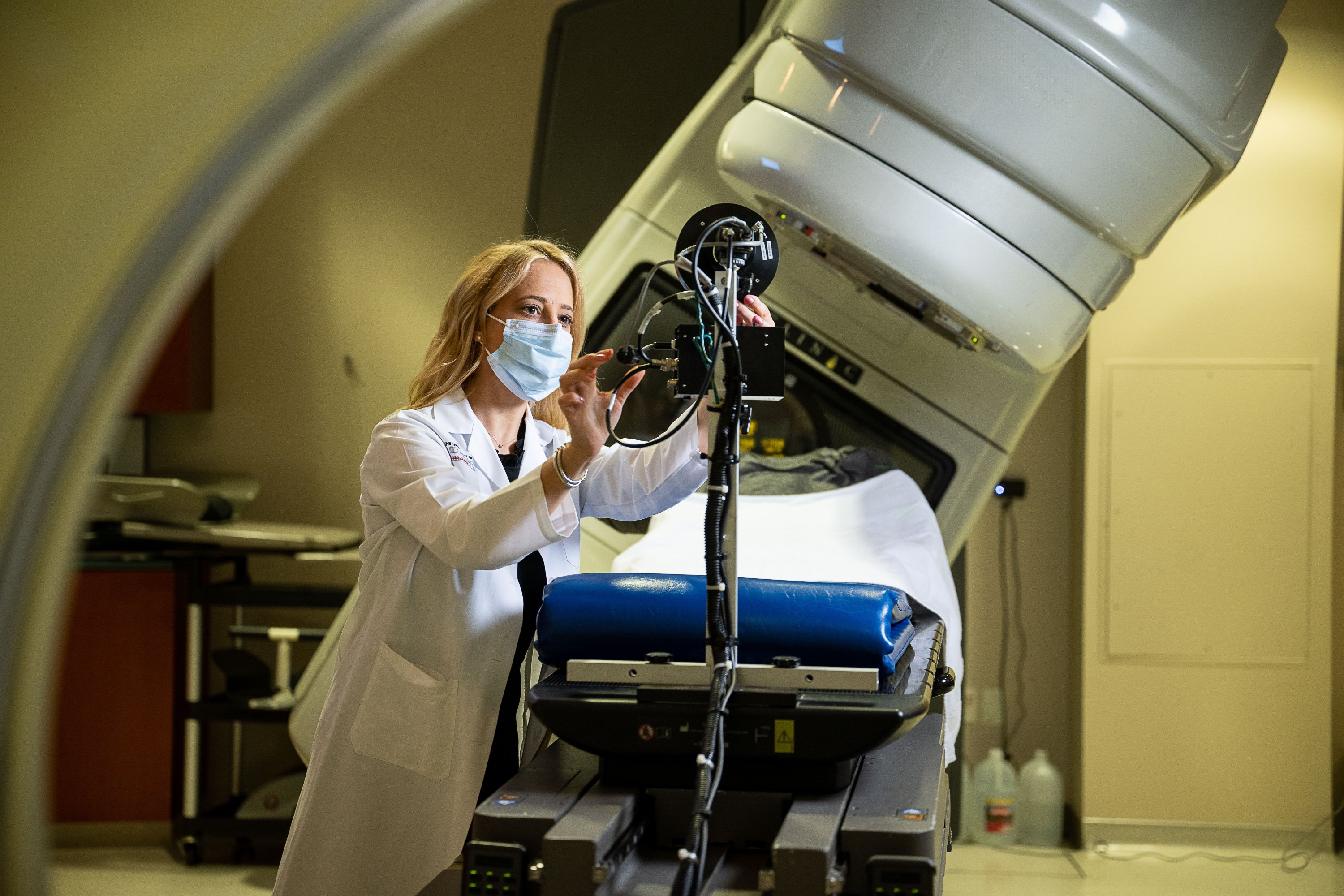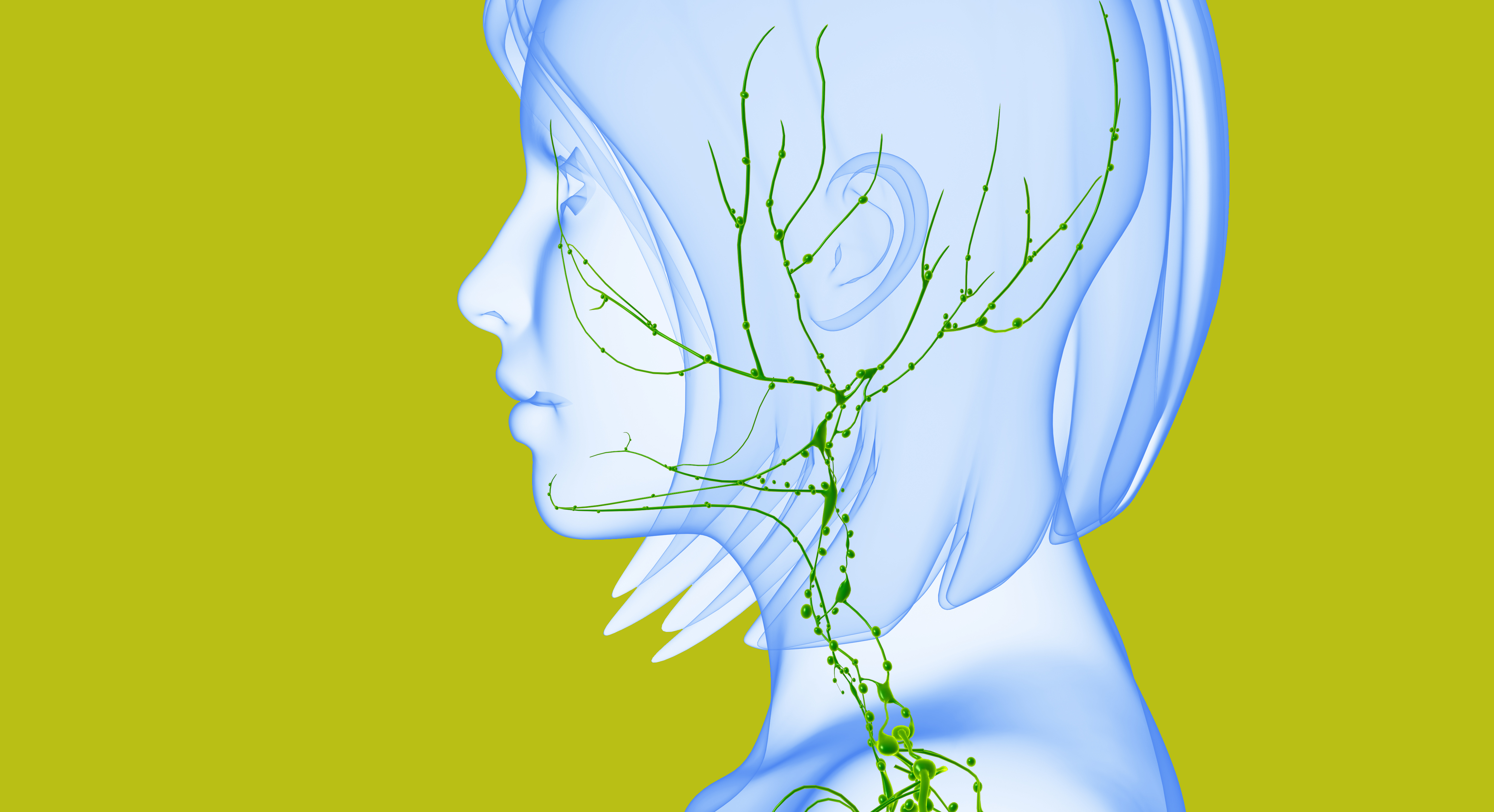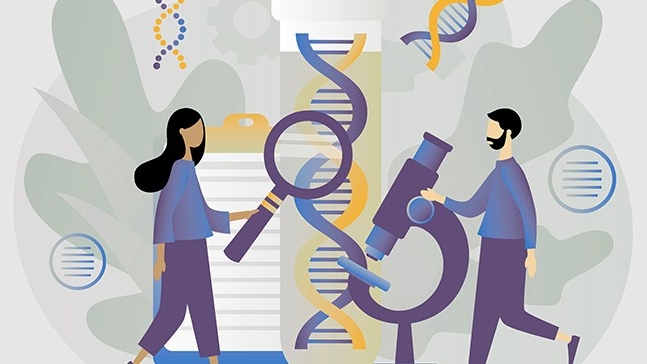- Diseases
- Acoustic Neuroma (14)
- Adrenal Gland Tumor (24)
- Anal Cancer (66)
- Anemia (2)
- Appendix Cancer (16)
- Bile Duct Cancer (28)
- Bladder Cancer (68)
- Brain Metastases (28)
- Brain Tumor (230)
- Breast Cancer (718)
- Breast Implant-Associated Anaplastic Large Cell Lymphoma (2)
- Cancer of Unknown Primary (4)
- Carcinoid Tumor (8)
- Cervical Cancer (154)
- Colon Cancer (164)
- Colorectal Cancer (110)
- Endocrine Tumor (4)
- Esophageal Cancer (42)
- Eye Cancer (36)
- Fallopian Tube Cancer (6)
- Germ Cell Tumor (4)
- Gestational Trophoblastic Disease (2)
- Head and Neck Cancer (6)
- Kidney Cancer (124)
- Leukemia (344)
- Liver Cancer (50)
- Lung Cancer (288)
- Lymphoma (284)
- Mesothelioma (14)
- Metastasis (30)
- Multiple Myeloma (98)
- Myelodysplastic Syndrome (60)
- Myeloproliferative Neoplasm (4)
- Neuroendocrine Tumors (16)
- Oral Cancer (100)
- Ovarian Cancer (170)
- Pancreatic Cancer (166)
- Parathyroid Disease (2)
- Penile Cancer (14)
- Pituitary Tumor (6)
- Prostate Cancer (144)
- Rectal Cancer (58)
- Renal Medullary Carcinoma (6)
- Salivary Gland Cancer (14)
- Sarcoma (236)
- Skin Cancer (296)
- Skull Base Tumors (56)
- Spinal Tumor (12)
- Stomach Cancer (60)
- Testicular Cancer (28)
- Throat Cancer (90)
- Thymoma (6)
- Thyroid Cancer (98)
- Tonsil Cancer (30)
- Uterine Cancer (78)
- Vaginal Cancer (14)
- Vulvar Cancer (18)
- Cancer Topic
- Adolescent and Young Adult Cancer Issues (20)
- Advance Care Planning (10)
- Biostatistics (2)
- Blood Donation (18)
- Bone Health (8)
- COVID-19 (362)
- Cancer Recurrence (120)
- Childhood Cancer Issues (120)
- Clinical Trials (626)
- Complementary Integrative Medicine (24)
- Cytogenetics (2)
- DNA Methylation (4)
- Diagnosis (230)
- Epigenetics (6)
- Fertility (64)
- Follow-up Guidelines (2)
- Health Disparities (14)
- Hereditary Cancer Syndromes (124)
- Immunology (18)
- Li-Fraumeni Syndrome (8)
- Mental Health (118)
- Molecular Diagnostics (8)
- Pain Management (62)
- Palliative Care (8)
- Pathology (10)
- Physical Therapy (18)
- Pregnancy (18)
- Prevention (896)
- Research (390)
- Second Opinion (74)
- Sexuality (16)
- Side Effects (604)
- Sleep Disorders (10)
- Stem Cell Transplantation Cellular Therapy (216)
- Support (404)
- Survivorship (322)
- Symptoms (184)
- Treatment (1776)
How does hormone therapy for breast cancer work?
4 minute read | Published August 08, 2022
Medically Reviewed | Last reviewed by an MD Anderson Cancer Center medical professional on August 08, 2022
Hormones control nearly all of our bodily functions, from growth and development to emotions, sexual function and even sleep. But hormones, which occur naturally in our bodies, can also fuel the growth of certain breast cancers. We talked with breast medical oncologist Rachel Layman, M.D., to learn about hormone therapy for breast cancer, which can stop or slow the cancer-fueling action of hormones.
What is hormone therapy for breast cancer?
Hormone therapy is a form of treatment that deprives breast cancer of estrogen and progesterone, the two main female hormones that it needs to survive and grow.
Estrogen and progesterone are carried along in the bloodstream. When they encounter a breast cancer cell, they stick to proteins called hormone receptors on the cell’s surface. This connection acts as an “on switch” and triggers the cancer cell to grow. The goal of hormone therapy is to prevent hormones from attaching to cancer cells, which deprives the cancer cells of the fuel they need to grow.
Are all breast cancers fueled by hormones?
No, but most are. About 70% of all breast cancers depend on estrogen or progesterone for growth.
These hormone-dependent breast cancers are called “hormone-sensitive.” This means they’re either estrogen receptor positive or progesterone receptor positive, depending on which hormone they connect with. Some cancer cells have receptors for estrogen, some have receptors for progesterone, and some have receptors for both. 30% of breast cancers have no hormone receptors and don’t benefit from hormone therapy.
How do hormone therapies for breast cancer work?
Hormone therapies reduce or eliminate contact between hormones and breast cancer cells in several different ways:
- One approach is to block hormones from attaching to the receptors on cancer cells. When the hormones can’t access the cancer cells, tumor growth slows and the cancer cells may die. Medications that block hormones include tamoxifen, toremifene and fulvestrant.
- Another approach stops hormone production in younger women who have not yet been through menopause. This can be done with medications such as goserelin or leuprolide, with surgery to remove the ovaries where most hormones are made, or, less commonly, with radiation therapy aimed at the ovaries.
- Yet another approach stops hormone production in women who have already experienced menopause. Estrogen and progesterone levels plummet after menopause, but the body continues to make small amounts. Medications called aromatase inhibitors to reduce the level of these post-menopausal hormones, which starves the cancer cells of the fuel they need. Aromatase inhibitors are used only in post-menopausal women and include the drugs anastrozole, exemestane and letrozole.
How and when are hormone therapy medications delivered?
Most hormone therapy drugs are taken as a daily oral pill, though a few are given as injections in the clinic.
Women usually begin hormone therapy after undergoing surgery for the removal of a breast tumor. They typically take hormone therapy drugs for at least five years and sometimes as long as 10 years after surgery, depending on how likely the cancer is to return. In some instances, hormone therapy is given before breast cancer surgery to shrink the tumor, which makes it easier to remove.
Women who aren’t healthy enough to withstand an operation may take hormone therapy drugs until they’re well enough to undergo surgery. The treatment won’t get rid of cancer, but it can stop it from growing or shrink it until surgery can be performed.
Can hormone therapy prevent breast cancer, in addition to treating it?
Yes, women who have completed breast cancer treatment often use hormone therapy to help prevent the disease from coming back. Hormone therapy also helps lower the odds of getting cancer in the other breast.
Doctors may also recommend hormone therapy for healthy women who have a family history of breast cancer, or genetic mutations that raise their risk for the disease.
How effective is hormone therapy for breast cancer?
Clinical trials of breast cancer patients show that overall, hormone therapy cuts the risk of cancer developing or coming back in half.
What are the side effects of hormone therapy?
The potential side effects of hormone therapy depend largely on the specific drug or type of treatment. Common side effects of all hormone therapies include:
- hot flashes
- night sweats
- vaginal dryness
Less common, more serious side effects of some hormone therapy drugs may include:
- blood clots
- stroke
- heart disease
- osteoporosis
Is hormone therapy the same as hormone replacement therapy?
No, the two are opposites. Hormone therapy blocks or removes hormones to treat breast cancer, while hormone replacement therapy adds hormones to the body to counter the effects of menopause. Hormone therapy for breast cancer is actually “anti-hormone therapy” or “hormone-blocking therapy.”
What’s your advice for people considering hormone therapy for breast cancer treatment?
Deciding on hormone therapy for breast cancer can be a complex decision. The type of therapy you receive may depend on the stage of your disease, whether you’ve gone through menopause, and whether you want to have children. Talk with your doctor about your options to help make the best decision for you.
Request an appointment at MD Anderson online or by calling 1-855-605-1862.

Clinical trials of breast cancer patients show that overall, hormone therapy cuts the risk of cancer developing or coming back by about half.
Rachel Layman, M.D.
Physician





